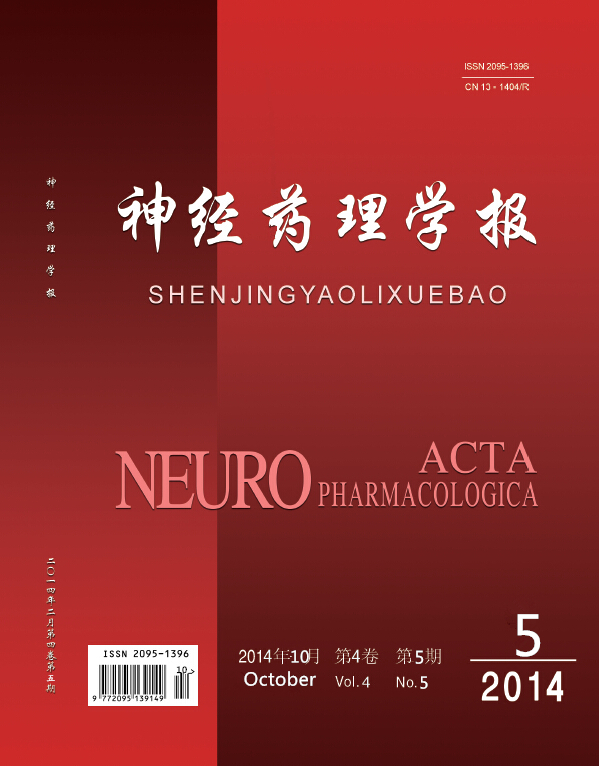|
|
Establishment of model about Ulcerative Colitis and the Mechanism of Colitis-related Inflammatory Responses
WANG Qian TIAN Hui LIU Liang-jing ZHONG Ming MEI Yan-fei ZHANG Li
2014, 4 (5):
15-23.
Objective: To establish 2,4,6- trinitrobenzene sulfonic acid (TNBS) and oxazolone (OXZ) induced murine models of ulcerative colitis (UC). Methods:Totally 120 mice (♂) were randomly divided into four groups (n = 30). Ⅰ,Ⅱgroup referring to Morris and Walter TNBS model mice were prepared: Ⅰgroup (TNBS solvent control group), 50% ethanol 0.1ml enema; Ⅱgroup (TNBS model group), 0.6% TNBS solution 0.1ml enema; after the two groups enema administered once, on d 1, d 2, d 3, d 5, d 7, 6 mice in each group were sacrificed. Ⅲ, Ⅳ group referring to Heller OXZ model mice were prepared: Ⅲ group (OXZ solvent control group), skin smear 100% ethanol 0.1ml, once a day for 2d, d 7 with 50 percent ethanol 0.1ml enema; Ⅳ group (OXZ model group), skin applicator 1% OXZ solution (100% ethanol solution) 0.1ml once a day for 2d (sensitization), d 7 with 0.5% OXZ (50% ethanol solution) 0.1ml enema; after the two groups enema administered once, on d 1 to d5 6 mice in each group were sacrificed. Observed mice Disease Activity Index (DAI), Colon Macroscopic Damage Index (CMDI) and Histopathological Score (HPS) of group Ⅰ ~ Ⅳ, and detected mice colon tissue Myeloperoxidase (MPO), Interleukin -4 ( IL-4), Tumor Necrosis Factor -α (TNF-α) levels. Results: Both models mice DAI, CMDI and HPS, compared with control group, had significantly changed; TNBS-induced colitis and OXZ can lead to significantly increased MPO, TNBS colitis TNF-α significantly increased, OXZ colitis significantly decreased IL-4 . Conclusion:TNBS and OXZ could induce mouse model of ulcerative colitis, TNBS-induced mouse ulcerative colitis with Th1-type inflammation dominated, OXZ ulcerative colitis in mice induced Th2-type inflammatory response with the main , and so, ulcerative colitis is a result that Th1 and Th2 imbalance adjusted .
References |
Related Articles |
Metrics
|

